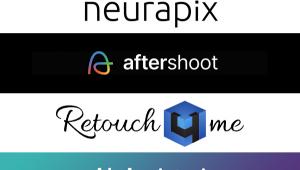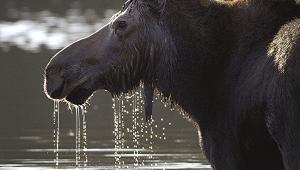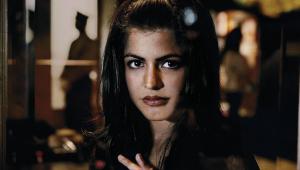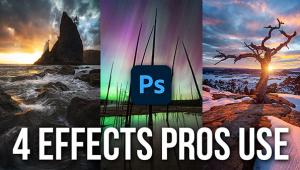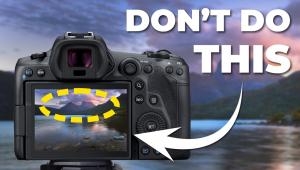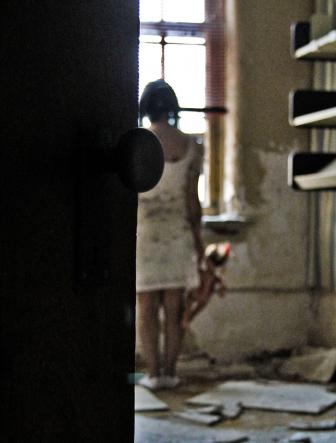Getting Started
Pro Tips For Platinum Printing
"The tone he produces
on rough platinotype paper by skillful printing and carefully aged mercury
baths cannot be reproduced by any mechanical process." I remember the first time
I saw a Frederick Evans platinum print. Because many of his photographs
were made in churches and cathedrals, you might say it was a religious
experience, and in many ways it was. Frederick Evans' prints form
a body of work that is as impressive today as they were when he made
them at the turn of the last century. |
|||
Exposing The Negative.
The platinum or palladium printing process requires contact printing,
so obviously large format negatives are the way to go. Craig uses 4x5"
negatives, but you can use any size you want--the bigger the better. To
make the exposure, take the negative and, with the contact printer open,
place the negative with the emulsion side facing up away from the glass
of the printer. Then take a piece of clear plastic wrap and cover the
negative with a piece at least twice the size of the negative. This holds
the negative fast to the contact printer's glass and serves as a
barrier between the negative and the coated platinum paper. When you close
the hinged contact printer lid, the negative will have its emulsion side
next to the paper with the plastic wrap serving as a barrier protecting
the negative. Manufacturers/Distributors Palladio Photographer's Formulary,
Inc. |
- Log in or register to post comments




